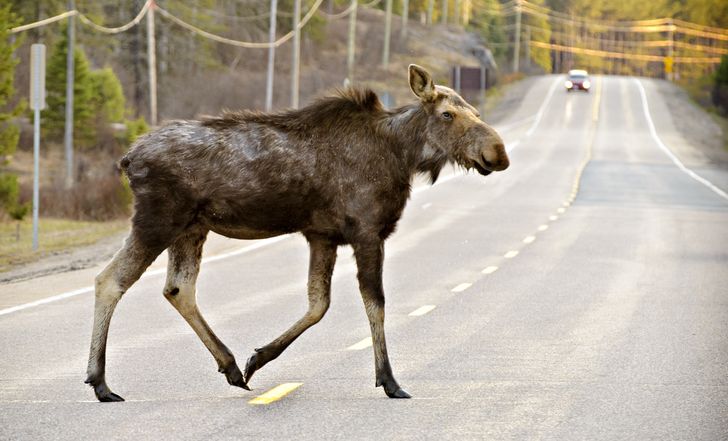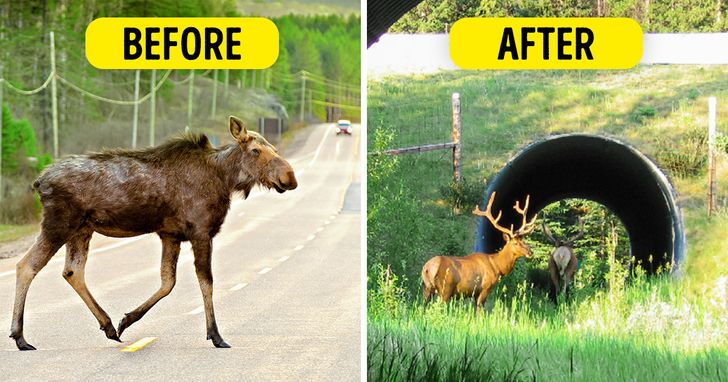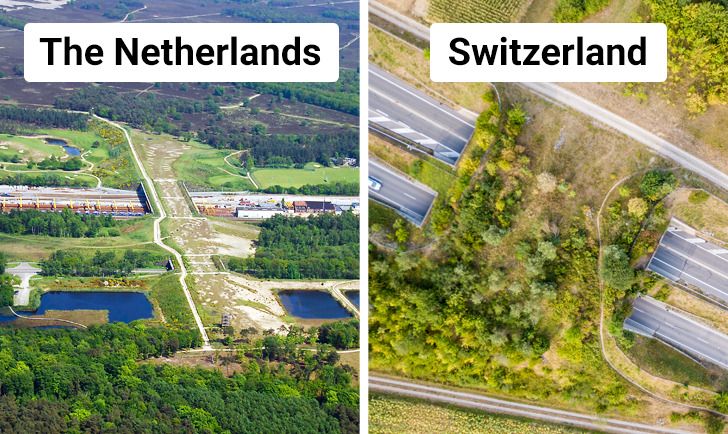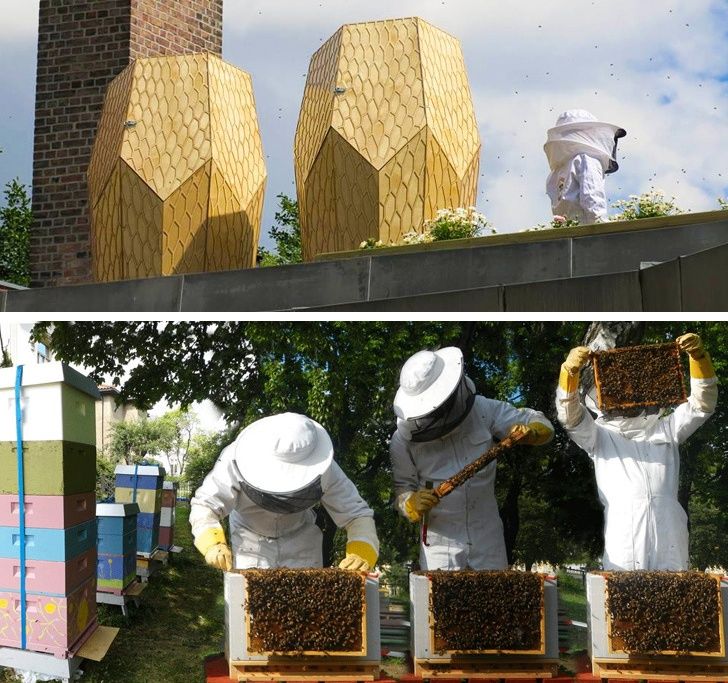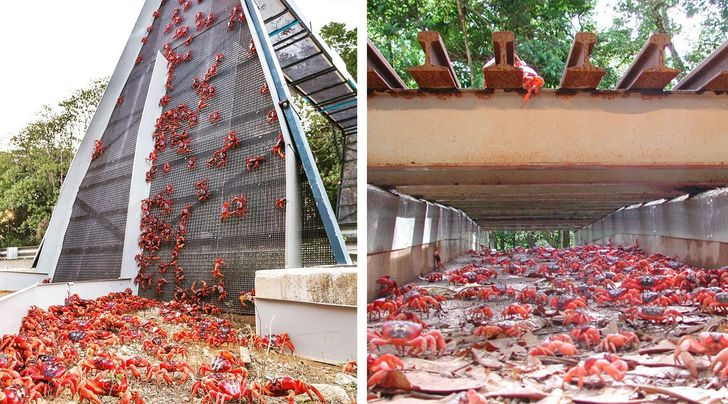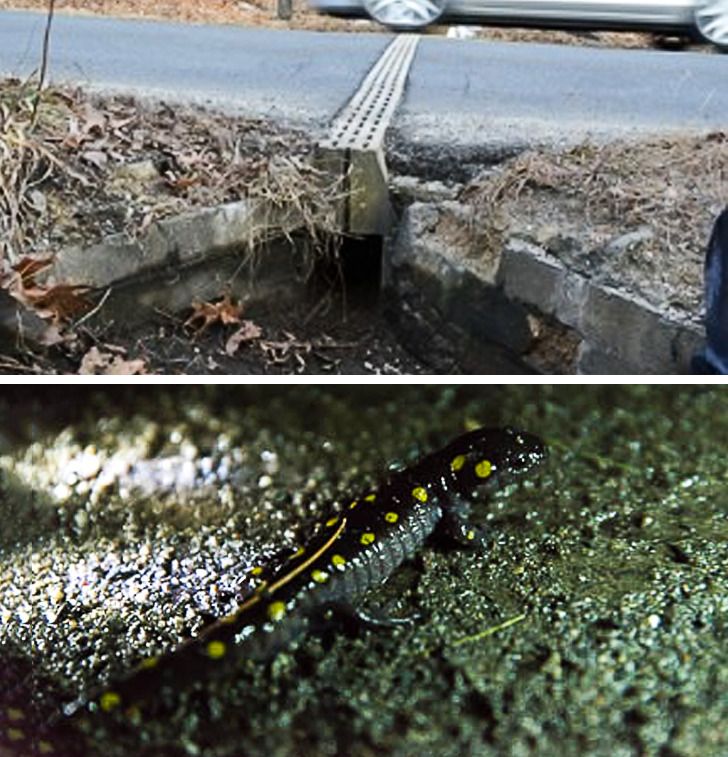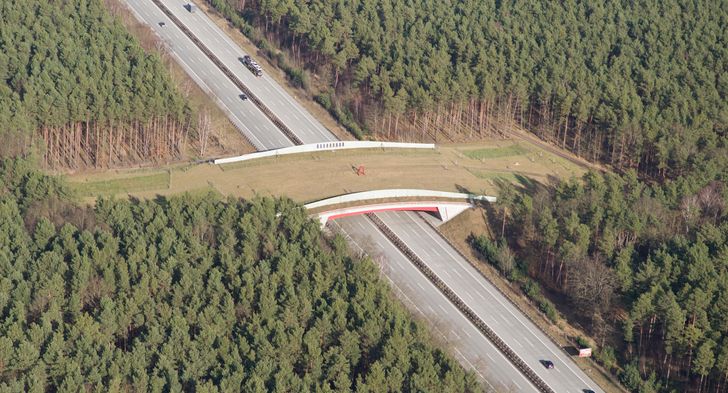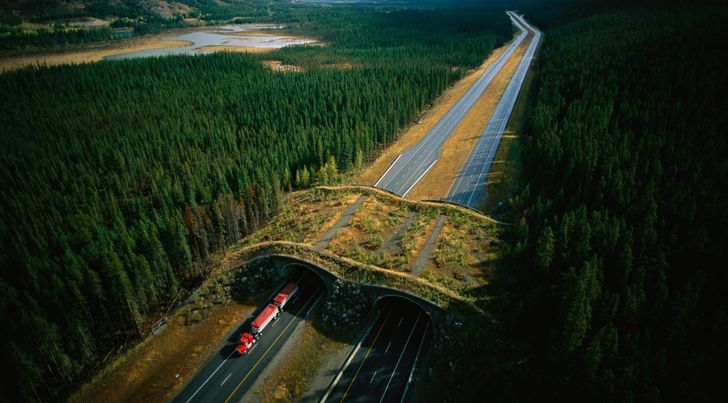My country doesn't have one, but I think it will be nice if they build some. Both small and big animals deserve some care from us, humans
Some Countries Build Wildlife Crossings Over Highways, and They’re So Effective We Need Them Everywhere
The idea of encountering a moose or a deer on the highway as you drive at high speed is scary, to say the least. The poor animal crossing the road would be even more terrified in this situation. Loud sounds and the movement of fast-approaching vehicles make them feel trapped and lead to their inadequate reactions. However, animals could be saved from such danger if we took the time to pay more attention to infrastructure.
We at Bright Side want to live in harmony with nature and protect it, which is why today’s topic will be about one of the best creations of mankind, wildlife crossing. These crossings have saved thousands of animals’ lives yearly.
Many animals naturally migrate from one place to another to find food, a better place to settle, or for better breeding conditions. In this case, they travel from one part of the forest to another, oftentimes having to cross highways to get there. Some animals are scared of these highways and their sounds. Roads leave them trapped in limited “islands” of habitat. If the animal dares to cross the road, the result can be dramatic.
How can we solve this problem?
To help animals navigate better and avoid collisions with cars on the road, nature conservationists in many countries found the best solution: wildlife crossings (overpasses and ecoducts). These specially designed crossings allow animals to safely migrate across roads.
Europe has the biggest number of wildlife overpasses.
The first wildlife crossing was built in France in 1950 and was intended to help hunters guide deer. The idea has spread worldwide, and now Europe is the leader in this sphere. Countries like the Netherlands, Switzerland, Germany, and France have established a lot of overpasses and underpasses to protect animals like amphibians, badgers, ungulates, invertebrates, and other small mammals.
- For example, there are more than 600 wildlife overpasses and ecoducts in the Netherlands. Here, you’ll find the longest wildlife crossing measuring at a whopping 800 meters!
USA and Canada take care of both small and big animals.
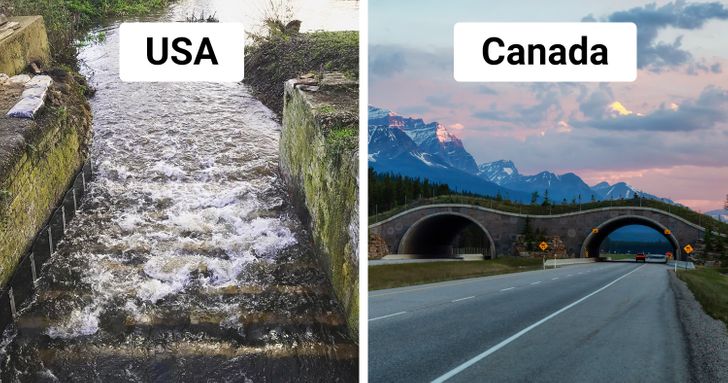
Other countries are not far behind when it comes to these animal crossings. In Oregon and Washington, American people have built culverts to help fish like salmon travel safely in the water.
In Banff National Park, the oldest national park in Canada, there are now 44 wildlife crossing structures including 6 overpasses and 38 underpasses! All together they connect more than 152,000 crossings by 11 species of large animals like deer, elk, coyotes, wolves, black bears, cougars, and grizzly bears.
Norway strives to save bees!
In Oslo, Norway, locals are concerned about the bee population and do everything they can to save it which is why they’ve created the “bee highway”. Adults and children plant sunflowers, marigolds, and other nectar-bearing flowers along with beehives that are placed strategically around town. They help to provide bees with food and shelter because these little insects are crucial for our planet to function.
Red crabs in Australia also need help.
On Christmas Island in Australia between October and December begins what is known as wet season, and around fifty million red crabs leave their shelters and start moving to the seaside to lay their eggs. During this time, some roads are closed because crabs cross the highway. People try to help crabs to safely migrate and fulfill their natural life cycles. They have made a 5-meter-high plastic bridge to direct the red crabs.
Even tiny salamanders won’t go unnoticed!
In Massachusetts, during the rainy nights in spring when the temperature rises above 40° F (5° C) and the snow starts to melt, hundreds of tiny spotted salamanders come from underground and start to travel to the east side of Henry Street to cross the road. To help the little creatures from being squashed by cars, conservationists created tiny underpasses for the salamanders.
Proven effectiveness
No matter if they’re huge or small, such overpasses have been a great success. They’ve become a part of highway construction and show that humans and animals can collaborate together. Statistics prove that wildlife overpasses do help. For example, the Colorado Department of Transportation reports that since 2 overpasses and 5 underpasses were built between dangerous roads, Silverthorne and Kremmling, collisions have decreased by 87%!
A well-planned process
The building of wildlife crossings is a hard process that requires the cooperation of people and the government. Nevertheless, it’s still pleasant to know that despite disappointing news, a lot of people don’t stay indifferent. Instead, they try to bring harmony to this world and help those who depend on them.
Bonus: Tiny penguins use their own tunnel to cross the road.
In Auckland, New Zealand, people help blue-feathered korora (tiny penguins), who are threatened by human activity to get to the sea. The penguins catch fish at sea but nest on land. They used to have to cross a busy road to get to their chicks in the evenings. Now the problem is solved — enthusiasts have built a tunnel below the road that helps the little birds safely reach their destination.
What do you think about wildlife overpasses? Does your country have them? If not, would you like the government to build some? Share your thoughts with us in the comment section!
Comments
I really like the idea for bees! Bees are the most important creatures on our planet, if they die, we all will die.. Other countries need to start saving them too!
Such overcrossings must cost a lot of money,, but they are definetely worth it!
Related Reads
12 People Who Accidentally Found Hidden Cameras in Places Where They Shouldn’t Be

10 Wedding Disaster Stories That Were Signalling It Won’t Last for Long

15 People Who Can Give Masterclasses in Quick-Wittedness

15+ Times When a Simple Cleaning Turned Into a Family Drama

I Checked Our Security Camera After Leaving My Newborn in the Care of My Sister-in-Law

10 Mothers-in-Law Who Carry Drama With Them Like It's a Family Heirloom

My Twin Sister Hid Her Husband From Me Because of a Shocking Reason

15+ Last-Minute Choices That Turned Ordinary Days Into Extraordinary Stories
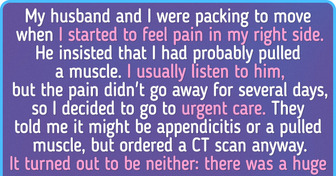
“Looks Harsh,” Demi Moore Wears a Dress Made of Wallpaper to Met Gala and Creates a Stir

10+ True Stories About Weddings That Ended Up Ruined

15 True Stories That Get Creepier the More You Dig In

10 Creepy Stories That Will Make You Want to Look Back and Turn the Lights On

